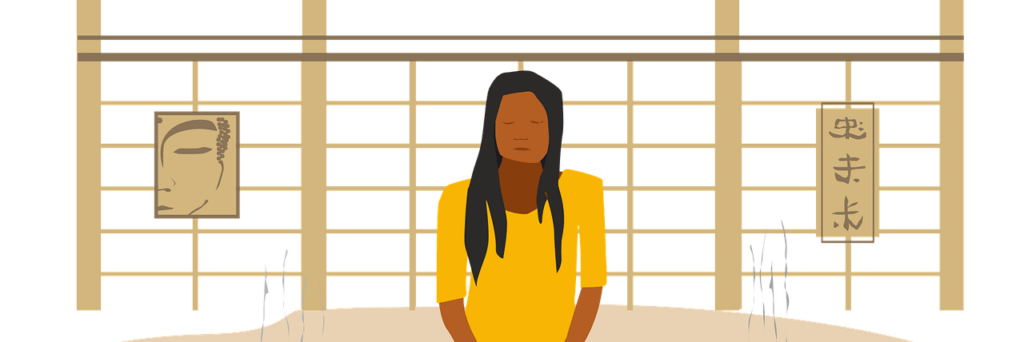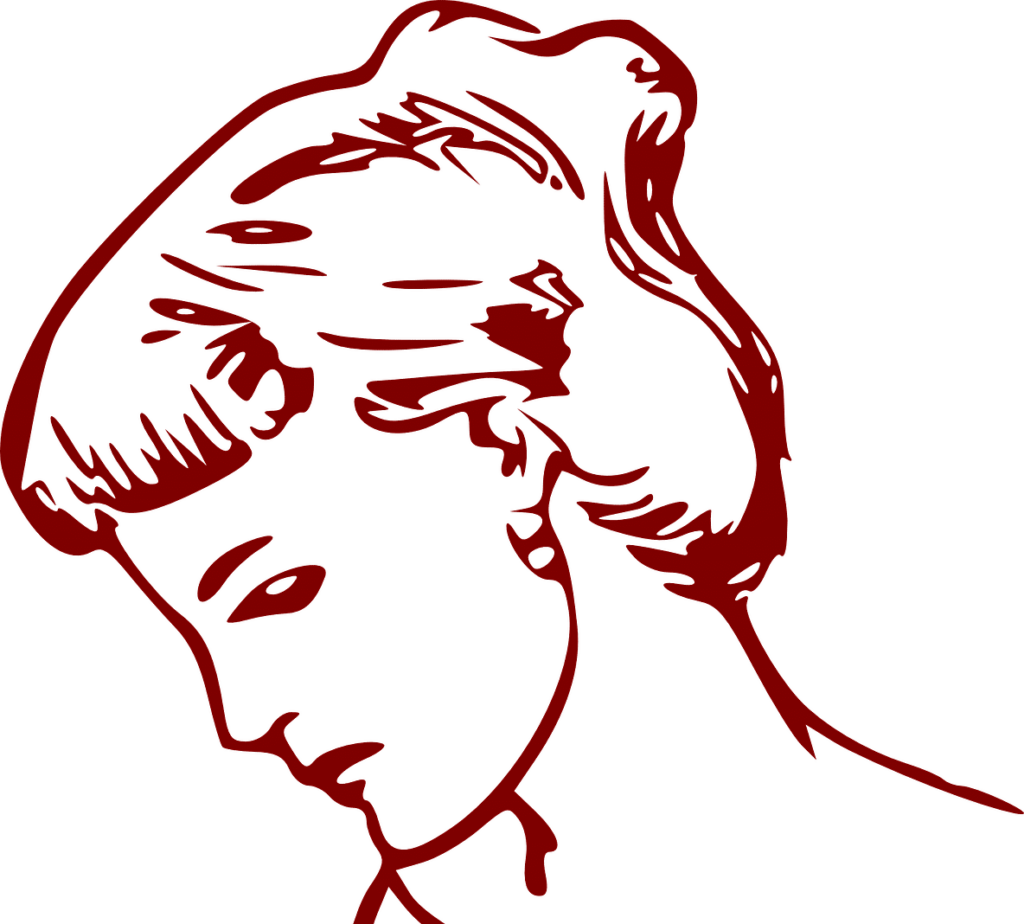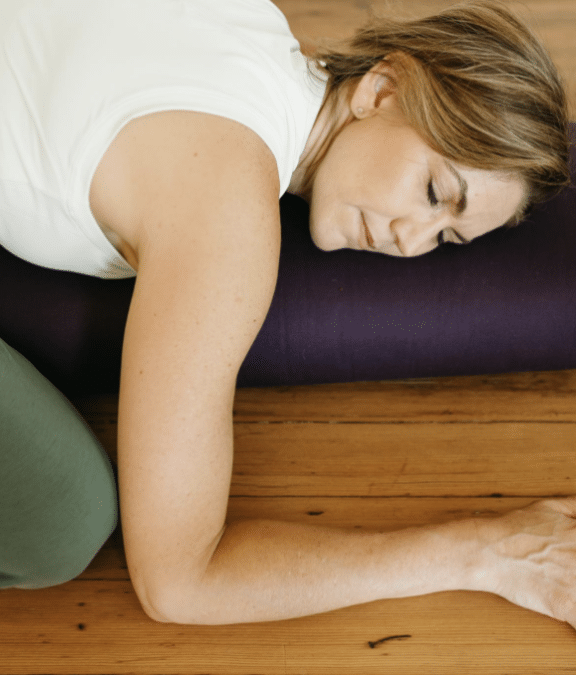Letting go to cultivate calm and stillness. For many of us this is easier said than done. In my previous post we explored the idea of flow – what promotes our own flow and what stops it. Today I’m talking about that thing that can escape so many of us – resting and restoration.
As I sit here right now typing this I feel the pain of a minor wrist injury. (And yes, I’m doing my R.I.C.E – rest, ice, compression, elevation.) Let me tell you, I do A LOT with my wrists. Not only do I teach and do strength training and yoga, but I am just an active person! Nothing makes me appreciate my body like being injured.
Pain is such a complex topic. But I am aware of something – it is a gift. I have had some serious pain journeys and I believe it is one way our body communicates something honest with us. I think most of us grow up with this idea that pain is bad and we need to avoid it at all costs. Sure it doesn’t feel great, but it is an important bridge to help connect to something deeper inside us.
So, what do I need right now? What’s my “pain message”? Rest. Honestly a small part of me is super bummed because TODAY I wanted to stick with this awesome strength training program I have for myself this July. But if I do that, I will cause more pain to myself. Not worth it.
I’m adapting today. I’ll probably go for a walk, find a restorative yoga pose and chill, maybe read – just like that river I wrote about in part 1 of this blog post series, I’ve found a different path today. I’m diverting like that awesome river. So rest, stillness, and movement in other ways that don’t cause me any harm. (Those yogic values are kicking in!)
If you’re an experienced mover, athlete, exerciser, etc, you know first-hand that injury is inevitable. Yes, even the most skilled and experienced movement practitioner will have some kind of not-so-good pain that comes with what they do. We try to safely push our boundaries, but sometimes injury still happens.
Injury can obviously happen in other ways, not just physically. We take risks in relationships, business, try something new with our dreams, and we get bumps and bruises along the way. We can recognize injuries as teachers – pain being a type of messenger for the message. This is an opportunity to listen, an opportunity to learn and grow. And yes, it’s also a total pain in the ass. 🙂
My goal as a mover and a teacher of movement is to minimize those injuries in part with employing mindfulness tools. I focus a lot on transitions, as that is when a lot of people “let down their guard” and get injured. Transitions are so important. Here are just a few of an unlimited amount of transitions we could experience:
- how you’re setting down a heavy weight after a set
- moving from Warrior 2 to Half Moon
- stepping into a new career path
- transiting from being single to being married
- or simply shifting from a busy day into sleep (or from sleep into a busy day!)
Transitions are all critical moments for care. How we make all those little choices and decisions that are “in between” the “big” things are still deserving of the fullness of our presence. We must fully be there.
But if we are exhausted or low on rest, with our tank is empty, then our transitions will fall apart and we may find ourselves with unexpected injuries of all kinds. We can show up to those “big things” (the day, the marriage, the strength training set) but we are depleted, injured, or we can’t show up at all.
What we need more of:
- Stop and rest.
- Pause to take an authentic breathe.
- Nap.
- A quiet, uninterrupted walk outdoors.
- Listen to nature.
- Feel what it feels like to be you.
I know yoga isn’t everyone’s cup of tea, but there is a whole category of yoga poses, known as restorative yoga, that are meant to support the body using all sorts of blankets and pillows. You are then guided into deep relaxation that leaves you feeling so rejuvenated. It’s a HUGE boost for nurturing the nervous system and so much more. (Try it! Here’s a short restorative class I made.)
And while we’re on the yoga train, there are many more tools that yoga can offer beyond the physical practice: yoga nidra (quite literally a guided yogic nap!), meditation, and pranayama (breath work) – all can help to deeply restore energy, and bring clarity.
With rest our future selves can now:
- move with intention more tuned in to gathering the feedback of the body (and mind!).
- live our passions, purposes and goals and we are ALL THERE
- know what good effort and good discomfort feel like
- know what depleting and unhealthy choices, mindsets, and actions feel like and how to stop
Want to know more about the qualities of flow and restore?
Send me an email and let’s talk!
Also, please join my special 1-time Flow and Restore Yoga Class on July 15th! It will be 75 minutes of feeling amazing and building calm movement leading to deep rest. You’ll love it!


